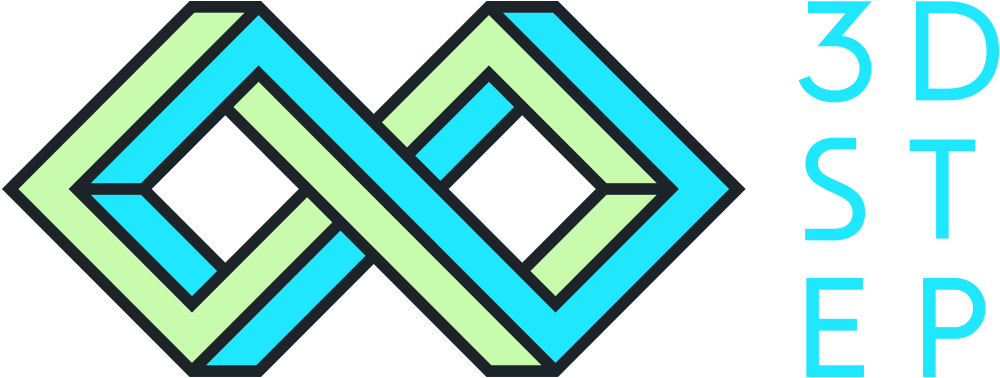EOS and HP plastic 3D printers now available under one roof - new 3D printer expands material range and increases production capacity
In August 2022 3DStep introduced the new EOS P110 Velocis plastic 3D printer, which expands the company's range of in-house production materials from the familiar PA12 to glass-reinforced PA12 and flexible TPU. For customers, this means not only expanded application possibilities, but also shorter delivery times thanks to bigger capacity. As the products are manufactured in full white by EOS, the dyeability of the products is also improved.
Until now, plastic prints have been produced at 3DStep mainly from PA12 polyamide using HP's MJF technology. As demand grew, it became worthwhile to invest in an EOS printer and SLS materials for in-house production. With the new EOS P110 Velocis printer, the range of materials was now extended to glass-reinforced PA12 and flexible TPU.
Offering both SLS and MJF technology under one roof is still quite exceptional in the AM market.
The new EOS represents a very mature plastics printing technology, and above all it adds agility to our plastics printing. It is neither the biggest nor the fastest on the market, but it is very agile, for example when it comes to material changeover. We are now able to offer customers a wide range of products, from flexible products to glass-reinforced prints that require rigidity and strength. In this way, we can also respond with our own production to situations where the properties of normal polyamide are not sufficient, says Amina Nouira, AM Specialist and head of the 3DStep plastics team.
Glass-reinforced PA12 allows products to offer greater strength and torsional rigidity, while flexible TPU, with a Shore A80 hardness rating, serves well in applications requiring cushioning properties, such as dampers or ergonomic grips. The friction that forms on the surface of the products allows for a very firm grip.
The PA12, familiar from HP prints, has different characteristics when printed on EOS. For example, the colour is pure white instead of grey, which improves the dyeability of the print and opens up a wider colour gamut. It also opens up new applications for products. Secondly, the polyamide used in EOS is FDA-approved, which allows direct contact also in medical and food applications, says Amina.
EOS prints can also be mechanically polished in a vibratory drum.
Series sizes are the same for both EOS and HP, so prints can be made from small batches up to thousands of copies - regardless of the material. There is also no significant price difference between the two printing technologies, both of which are very cost-effective. The delivery time for plastic prints, regardless of the material, is in the order of a week.
The increase in plastic printing capacity and the expansion of 3DStep's in-house production capabilities is part of the company's investment programme to achieve increasingly versatile and agile deliveries. During autumn 2022, 3DStep will also introduce Finland's first full-colour printer, a metal printer with automatic powder feeding and new post-processing equipment.
Our aim is to offer existing customers an increasing range of options and also to acquire new customers. We are a well-known player in the domestic market and customers have also been delighted with our service. We will continue to stay ahead of the game, says Amina.

